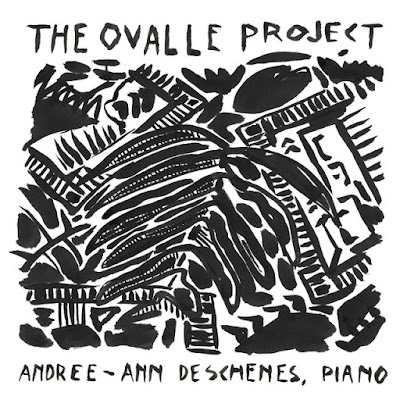Music for Violin & Piano by Clara Schumann, Ethel Smyth, Amy Beach
Tasmin Little brings her considerable technique and star power to the music of three women she admires a great deal, both as musicians and as human beings. If there's a theme for this disc, it's the indomitability of the human spirit in the face of systematic adversity and personal tragedy. This new disc helps to underline the rapidly rising reputations of both Clara Schumann and Amy Beach, and I hope it helps along a similar move to bring to the fore the music of Ethel Smyth.
Ethel Smyth's Violin Sonata, op. 7, is as full of character and spunk as its composer. Every new idea is more interesting than the one before, and it's all put together with technical skill and imagination. This piece, like the rest of the disc but to perhaps a higher degree, benefits from Little and Lenehan's strong advocacy. All their work was worth it, I think. The three Romanzen, op. 22, of Clara Schumann, are the same kind of character pieces that she and her husband Robert pretty much invented for solo piano. These are indeed romantic, soulful and melodic.
The most substantial, and the strongest, piece on the disc is the op. 34 Violin Sonata by Amy Beach. In her book Amy Beach, Passionate Victorian, Adrienne Fried Boch tells the story of violinist Eugène Ysaÿe and pianist Raoul Pugno coming across a violin sonata by "H. A. Beach", recognizing its quality, and putting it into their repertoire, not realizing it was by an American, or a woman. This is a strong, passionate performance, adding lustre to one of the greatest of American chamber works. Beach's Romance, op. 23, was written for the great American violin virtuoso Maud Powell; it's very much of its time (the 1890s), but no less lovely for that. The Invocation, op. 55, is from the new Century, but it's also beautifully melodic, and a beautiful ending for this thoughtfully designed programme.
In Little's recent violin sonata discs her partner was the excellent Piers Lane. This time around the pianist is John Lenehan, who provides strong support, though much of this repertoire is very much violin-focussed. We'll see if these two can eventually build the same close relationship that came to a peak in last year's Little-Lane disc of Brahms Violin Sonatas, a triumph of musical synergy.
This morning brings the news that Tasmin Little will be retiring from the concert stage. We wish her all the success in the world in all the great things she's planning for the future!
This disc will be released on February 1, 2019.








